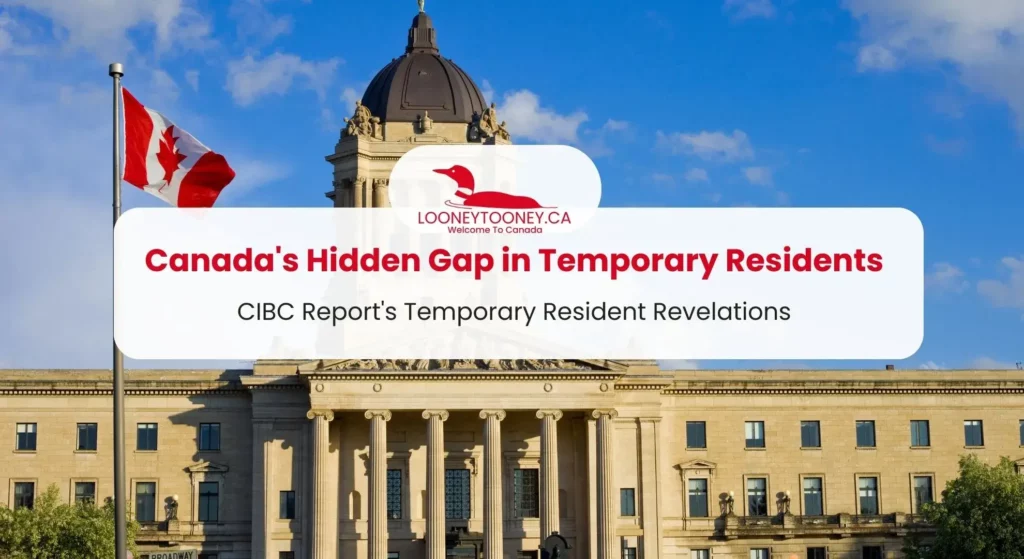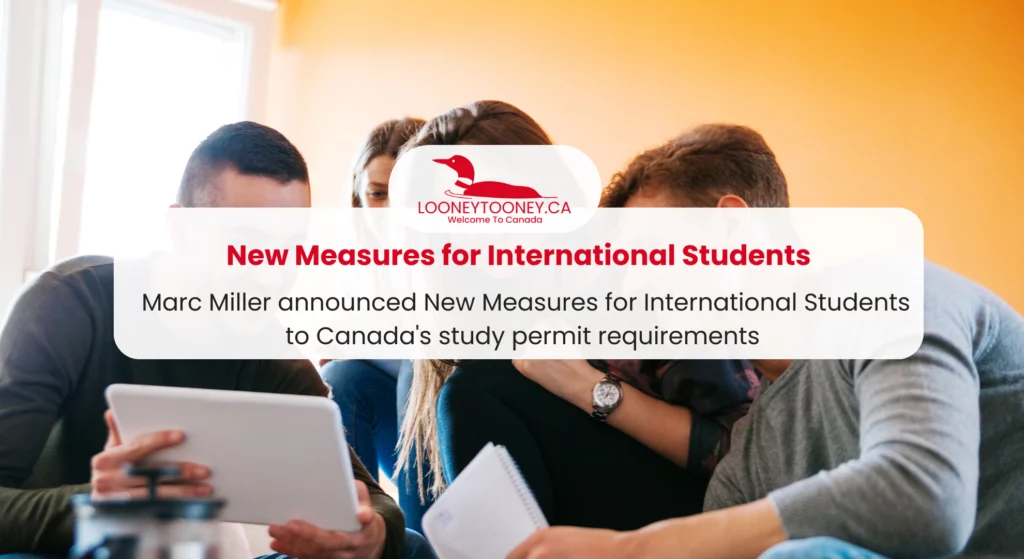In the quiet corners of official statistics, a hidden truth has been exposed, sending shockwaves through the very foundations of Canada’s planning and policymaking. Dated August 30, 2023, the CIBC report emerges as a signal, revealing a discrepancy that shakes the very core of our understanding. Imagine, a huge gap of one million people hidden in the complex world of data, separating what we believe to be true from what’s actually happening. This is the eye-opening discovery that needs our focus as we dive into the mystery of Canada’s temporary residents.
CIBC Report Highlights Urgent Need for Policy Action
The CIBC report has revealed a startling discrepancy in Canada’s population statistics. According to the report, the official count of non-permanent residents (NPRs) or temporary residents (TRs) used for planning purposes falls short by a staggering one million individuals when compared to the actual number of people residing in Canada. This revelation has sparked concerns about the accuracy of data used for policymaking and planning in the country.
A Growing Concern: Rising Temporary Residents and the Call for Caps
The CIBC report emphasizes the need to implement measures that cap the annual intake of temporary residents in Canada. The report particularly highlights the growing influx of temporary residents, with a specific focus on international students. This influx has raised concerns about housing availability, service demand, and the overall impact on the country’s infrastructure.
Roots of Undercounting: Census Reluctance and Flaws in Data Assumptions
The undercounting of temporary residents in Canada is attributed to two primary factors. First, many temporary residents are reluctant to participate in the Census due to various reasons, such as concerns related to their home countries’ governments or uncertainty about their obligations regarding the Census. This reluctance results in incomplete and inaccurate data.
Second, Statistics Canada’s system assumes that temporary resident visa holders leave the country 30 days after their visas expire. However, this assumption does not align with reality, as a significant number of temporary residents do not depart upon visa expiration. This flaw in data assumptions has significant implications for population estimates.
Overstays and Unaccounted Extensions: A Substantial Issue
The report highlights a critical issue of overstays among temporary residents. It reveals that Statistics Canada has not considered special measures introduced by the Immigration, Refugees, and Citizenship Canada (IRCC) for work permit extensions, particularly during the pandemic. As a result, the report estimates that over 750,000 temporary residents overstayed between 2017 and 2022. This number could be even higher when considering individuals with expired status who have not yet applied for temporary or permanent residency. These overlooked factors significantly contribute to the underestimation of Canada’s population growth and housing demand.
Intriguing Insight
As we approach 2024, Canada’s commitment to welcoming international students remains unwavering. But here’s the twist in the tale: The IRCC is diligently crafting a new chapter – one that includes an annual cap on the number of foreign students embarking on their Canadian educational journey.
But don’t let that hold you back! Your adventure in the land of maple leaves and academic excellence awaits. Delve into the dynamic world of international student opportunities in Canada, meticulously detailed in Fraser’s enlightening article. Read the full article here. Discover the diverse range of options that lie ahead and set out on your educational journey with assurance.
Summary: Addressing the Hidden Discrepancy in Canada’s Temporary Resident Data
The CIBC report, dated August 30, 2023, has revealed a significant gap between official and actual counts of temporary residents in Canada, estimated at one million individuals. This article has examined the factors contributing to this undercounting, such as Census reluctance and flawed data assumptions. It has also highlighted the need for policy action, including the implementation of annual caps on temporary resident intake, to address the housing affordability crisis and better align population growth with accommodation. The report’s findings underscore the critical importance of accurate data for informed policymaking in Canada.
Explore our unique interview series:
- “Leaving Iran was a decision we had to make, but leaving an established life for Canada wasn’t easy.”- Niloofar Moazzezi Eshtehard Maleki, Student, York University
- “I left India to chase my dream course at the University of Toronto.”- Devavrat Jayant, Student, U of T
- “I did cash jobs because my 2 million loan kept me up at night”





